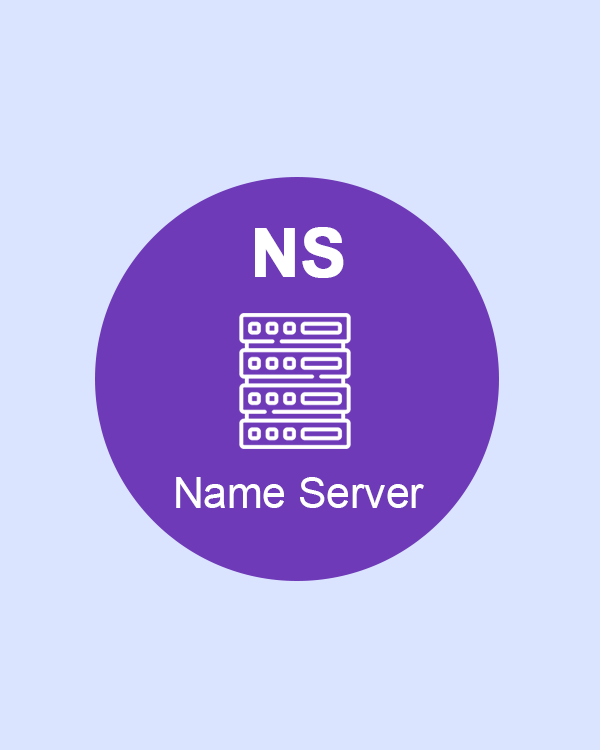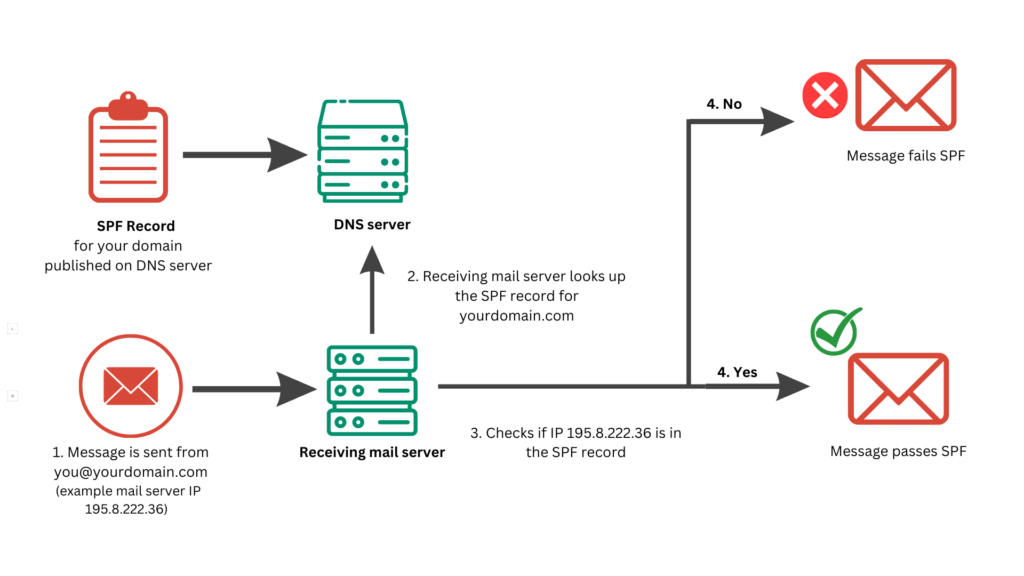Check Name Server (NS) Records Easily
Name Server Checker
| Name Server |
|---|
Superior support
MailProvider's dedicated support team is available 24/7, ensuring you never miss a beat.
Hosted in Luxembourg
MailProvider uses advanced security measures to protect your accounts from any potential threats or attacks.
Guaranteed email delivery
With MailProvider's flawless IP reputation, your emails are guaranteed to reach their destination seamlessly.


Im more than happy to help you setup your Name Server records according to the highest standards.
Paige Lowery, Support Hero
What is a Name Server? (NS)
Name Server Explained
You can use the NS query tool for the domain names whose name servers you want to learn.
Type the domain name with its extension whose Name Server (NS) information you want to learn in the field above and click the query button.
Some of our other free email tools
SPF Checker
SPF Checker is a tool that verifies whether a domain's SPF (Sender Policy Framework) record is correctly configured to prevent email spoofing.
SPF Record Creator
SPF Record Creator is a tool that helps generate the correct SPF record for a domain to authorize specific mail servers to send emails on its behalf.
Mx Record Checker
MX Record Checker is a tool that verifies and retrieves the Mail Exchange (MX) records of a domain to ensure proper email delivery setup.
DKIM Record Checker
DKIM Record Checker is a tool that validates the presence and correctness of a domain's DKIM (DomainKeys Identified Mail) record to ensure email authentication and integrity.
DMARC Record Checker
This is a tool that verifies the existence and validity of a domain's DMARC (Domain-based Message Authentication, Reporting, and Conformance) record to ensure email authentication and policy enforcement.
Whois Domain Checker
Whois Domain Checker is a tool that retrieves detailed information about a domain's ownership, registration, and expiration status by querying the Whois database.
NS Checker
NS Checker is a tool that verifies the nameserver (NS) records for a domain to ensure proper DNS configuration and resolution.
Mail Blacklist Checker
Mail Blacklist Checker is a tool that checks if an IP address or domain is listed on any email blacklists, which can affect email deliverability and reputation.
IP Address Checker
IP Address Checker is a tool that provides information about a specific IP address, including its location, ISP, and other relevant details.
Secure email that
protects your privacy
Help Center
Questions? Answers.
Quick answers to questions you may have. Can't find what you're looking for? Check out our full documentation.
An NS query retrieves the Name Server records for a specified domain. This includes the names of the servers that are authoritative for that domain, which are responsible for managing DNS records, such as A (Address), MX (Mail Exchange), and TXT records. Additionally, it may provide information about the TTL (Time to Live) for those records.
To change the Name Server (NS) for a domain, you typically need to log in to your domain registrar’s control panel. From there, navigate to the domain management section and look for the DNS or Name Server settings. You can then replace the existing NS records with the new ones provided by your hosting service or DNS provider. Save your changes, and remember that it may take some time for the changes to propagate across the internet.
An NS (Name Server) query is a request made to the DNS to obtain the Name Server records associated with a particular domain name. This query helps in identifying the authoritative DNS servers that are responsible for that domain, allowing other servers and clients to access the DNS records associated with it.
NS Lookup is a command-line tool used to query DNS servers for information about domain names. It allows users to retrieve NS records, among other types of DNS records. To perform an NS Lookup, you can use the command line or terminal on your computer. For example, you can type nslookup -type=NS example.com to find the Name Servers for "example.com".
To create NS records, you need to access your domain’s DNS management panel through your domain registrar or hosting provider. Navigate to the DNS settings and look for an option to add a new record. Select "NS" as the type and enter the required Name Server details. Ensure that the NS records point to the correct servers that will manage your DNS settings.
To make an NS inquiry, you can use online DNS query tools or command-line utilities like nslookup or dig. For example, using dig, you can type dig NS example.com to query the Name Server records for "example.com". Online tools often allow you to input the domain name and select the type of record to query, returning the NS records associated with the domain.
NS inquiries can be made using various methods, including:
- Command-line Tools: Such as
nslookupanddig, available on most operating systems. - Online DNS Lookup Tools: Websites like MXToolbox, DNS Checker, and others offer user-friendly interfaces to perform NS inquiries.
- DNS Management Platforms: Some DNS hosting providers also offer tools to query DNS records directly from their dashboards.
A Domain Whois Search retrieves registration information about a domain, such as the owner’s contact details, registration dates, and registrar information. In contrast, an NS query specifically retrieves the Name Server records for the domain, identifying which servers are responsible for managing its DNS records. While Whois provides administrative details, NS queries focus on the technical DNS infrastructure.
A DNS query is a broader term that refers to any request made to the Domain Name System for resolving domain names to IP addresses or retrieving various DNS records (A, MX, NS, etc.). An NS query, on the other hand, specifically requests the Name Server records for a domain. In summary, all NS queries are DNS queries, but not all DNS queries are NS queries.
